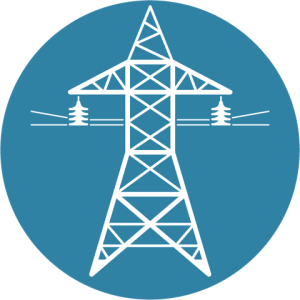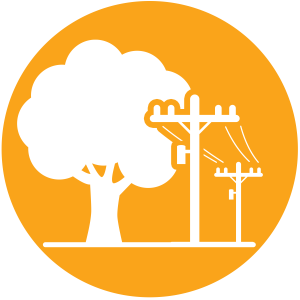CUSP Base Exam Blueprints
CUSP certification has two pathways: CUSP Blue for those in a utility operations leadership role and CUSP Green, for those that are in a dedicated utility safety or training leadership role.

Operations Management, Supervisor, Foreman
This is the matrix by which the CUSP BLUE exam was developed. It is expected that a Utility Safety Professional will meet and/or exceed the required knowledge in these subject areas.
STANDARDS: 15%
- OSHA Federal Regulations
- Cranes and Derricks in Construction
- Performance and Consensus Standards
- OSHA Record-keeping Requirements
- Certification or Qualification
- Legal Considerations
- Enforcement Policies of Regulatory Agencies
- Federal Motor Carrier Safety Regulations (FMCSR)
- Manual of Uniform Traffic Control Devices (MUTCD)
HAZARD ID: 15%
- Typical Workplace Hazards
- Hazards vs. Risks
- Responsibilities
- Common Utility Industry Practices
- Monitoring
- Evaluating Program Effectiveness
INCIDENT PREVENTION: 10%
- Define Incident Prevention
- Fundamentals of Incident Prevention
- Tracking and Interpreting Incidents
- Incident Investigation
- Typical Incident Prevention Programs
LEADERSHIP SKILLS: 35%
- Communicating Safety Values and Expectations
- Identify/Explain Critical Safety Data Measurements
- Safety Program Accountability
- Proactive vs. Reactive
- Building Effective Relationships
HUMAN PERFORMANCE: 5%
- What is Human Performance?
- Recognizing Active and Latent Errors
- Understanding Latent Organizational Weaknesses
- Anatomy of Events
OPERATIONS: 20%
- Operations Responsibilities and Accountabilities in the Safety Process
- Understanding the Difference Between Compliance and Safety
- Implementing Operational Practices
- Gap Analysis

Utility Safety / Training Management
This is the matrix by which the CUSP GREEN exam was developed. It is expected that a Utility Safety Professional will meet and/or exceed the required knowledge in these subject areas.
STANDARDS: 20%
- OSHA Federal Regulations
- Cranes and Derricks in Construction
- Performance and Consensus Standards
- OSHA Recordkeeping Requirements
- Certification or Qualification
- Legal Considerations
- Enforcement policies of Regulatory Agencies
- Federal Motor Carrier Safety Regulations (FMCSR)
- Manual of Uniform Traffic Control Devices (MUTCD)
HAZARD ID: 15%
- Typical Workplace Hazards
- Hazards vs. Risks
- Responsibilities
- Common Utility Industry Practices
- Monitoring
- Evaluating Program Effectiveness
INCIDENT PREVENTION: 15%
- Define Incident Prevention
- Fundamentals of Incident Prevention
- Tracking and Interpreting Incidents
- Incident Investigation
- Typical Incident Prevention Programs
LEADERSHIP SKILLS: 30%
- Communicating Safety Values and Expectations
- Identify/Explain Critical Safety Data Measurements
- Safety Program Accountability
- Defining Critical Behavior
- Proactive vs. Reactive
HUMAN PERFORMANCE: 10%
- What is Human Performance?
- Recognizing Active and Latent Errors
- Understanding Latent Organizational Weaknesses
- Anatomy of Events
OPERATIONS: 10%
- Operations Responsibilities and Accountabilities in the Safety Process
- Understanding the Difference Between Compliance and Safety
- Building Effective Relationships
- Implementing Operational Practices
- Gap Analysis
About the CUSP Base Exam & Endorsement Exams
CUSP candidates must pass the base exam and at least one endorsement exam to become certified. The CUSP base exam consist of 100 multiple choice questions. In addition, all CUSP candidates will be asked to select an endorsement exam from the following utility work environments:
- Electric Transmission & Distribution
- Gas
- Power Generation
- Civil
- Utility Line Clearance Arborist
Each endorsement exam consists of 30 multiple choice questions. There is an additional fee if a candidate elects to take more than one endorsement exam. For more information, visit this page. A CUSP credential holder can elect to take an additional endorsement exam at a later date to add this endorsement to their certification.
The CUSP exam content is based on FEDERAL standards, not state or company standards.




